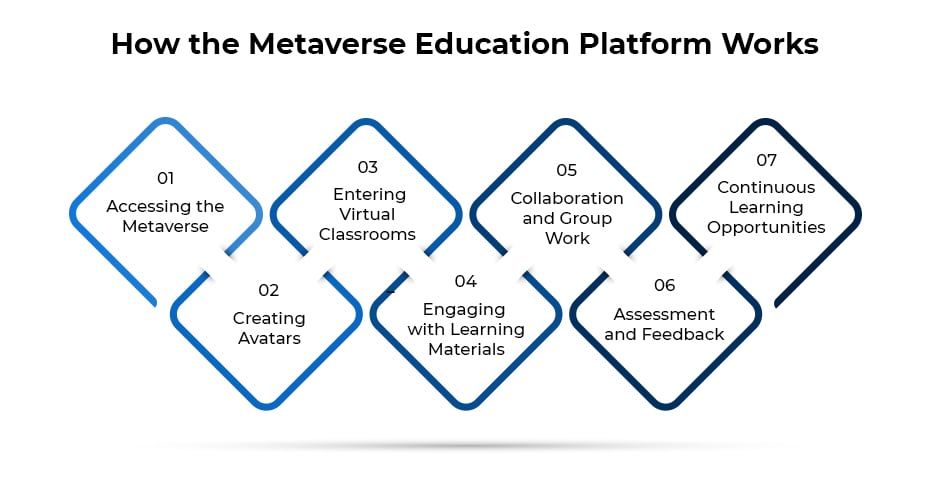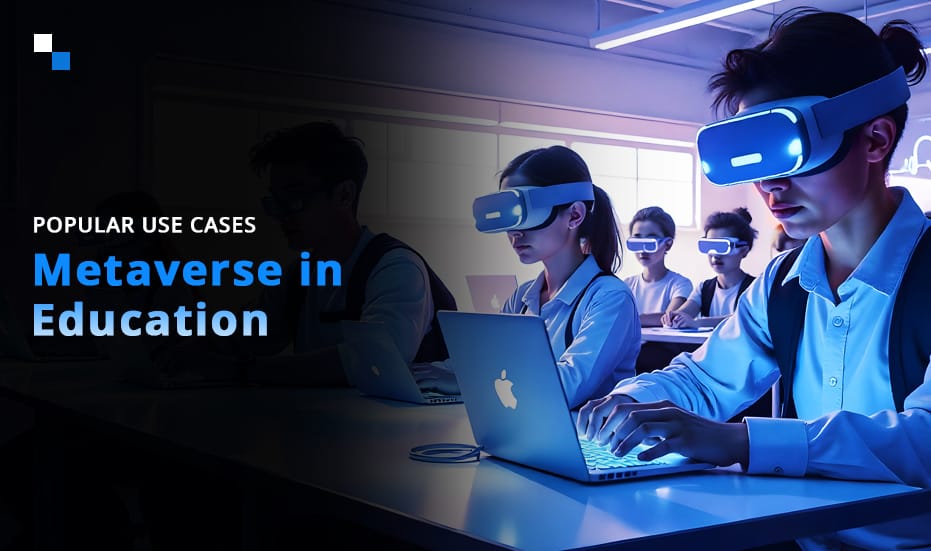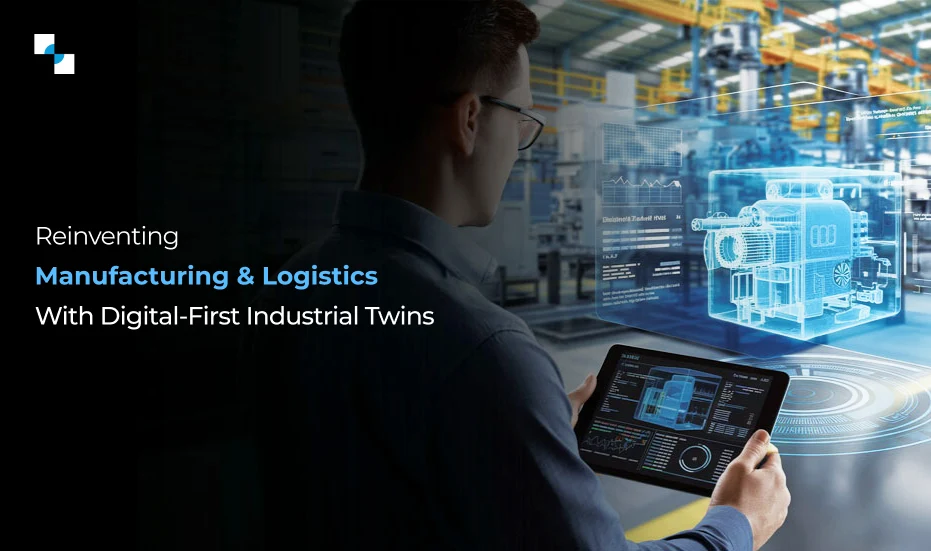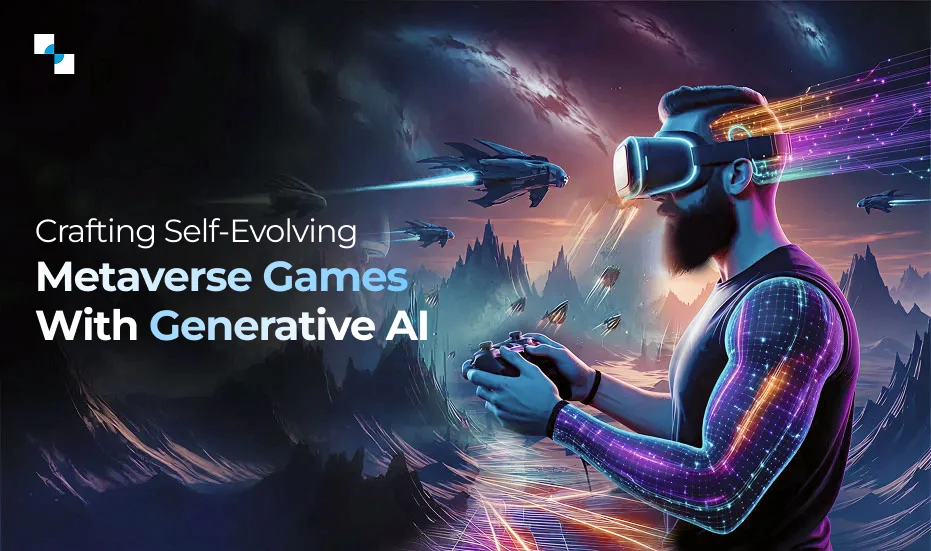The metaverse education platform development is the future of the education industry in terms of the creation of immersive, interactive environments that enhance learning experiences. This is a convergence of virtual reality (VR), augmented reality (AR), and digital collaboration tools, providing students and educators with a platform to engage more dynamically and participatively. This will bridge the gap between a traditional classroom environment and an online learning experience.
The integration of such advanced technologies in the metaverse for education would ensure that learners, in this scenario, could gain access to exploratory, experiential activities to help explore complex ideas; therefore, making education more accessible to a broader cross-section of student populations and providing an experience.
- The projected value of the metaverse education market in 2025 is estimated to be US$1.4bn.
- It is anticipated that the market will experience a compound annual growth rate (CAGR) of 42.09% from 2025 to 2030.

The metaverse is a shared virtual space in which users can interact with a computer-generated environment and other users in real-time. This is done through various technologies, including VR headsets, AR applications, and cloud-based platforms.
Step 1: Accessing the Metaverse
- Tools: Users can access the metaverse through various tools such as VR headsets, AR glasses, tablets, and computers. These devices enhance immersiveness through sensory stimulation, both visual and aural.
- Platforms: Learning institutions use designated Metaverse Education Platform solutions for learning purposes, such as Spatial, Engage, or Mozilla Hubs, to provide tools and features designed for learning.
Step 2: Account and Avatars
- Personalization: Students and teachers develop digital avatars that embody them in the virtual world. This personalization aids in developing a sense of identity and presence in the metaverse.
- Interaction: Avatars enable users to interact with each other and the environment, which facilitates social connections and collaborative learning.
Step 3: Virtual Classrooms
- Immersive Environments: Users enter virtual classrooms designed to resemble real-world settings or entirely new environments, such as outer space or ancient civilizations.
- Real-Time Interaction: Lectures can be delivered, discussions conducted, or interaction with students can be done in real-time because it mirrors some classroom dynamics but is augmented with digital capabilities.
Step 4: Engaging with Learning Materials
- Multimedia Resources: Multimedia forms accepted by the metaverse include multimedia for videos, 3D models, and simulations, each of which can be explored by the students in a way that is engaging to learn.
- Hands-On Activities: Learners can participate in hands-on activities like virtual experiments or creative projects that enhance understanding through experiential learning.
Step 5: Collaboration and Group Work
- Shared Spaces: Students can collaborate in shared virtual spaces where they can brainstorm ideas, work on group assignments, or engage in discussions.
- Tools for Collaboration: The Metaverse Education Platform Development provides tools such as whiteboards, file sharing, and chat functions to facilitate teamwork and communication among students.
Step 6: Evaluation and Feedback
- Engaging Evaluations: Teachers may design engaging evaluation activities that are exploited by the metaverse. In this regard, students can fill out a test in a virtual land.
- Instant Review: It is possible for the metaverse to provide instant reviews of performance with automated systems or direct instructor inputs for the student’s understanding of where they excel or need improvement.
Step 7: Ongoing Learning Opportunities
- On-demand access: Students can access recorded lectures or resources anytime in the Metaverse for Education, promoting self-paced learning.
- Networking opportunities: The metaverse allows connections with peers and professionals worldwide, and students can expand their networks and gain insights from diverse perspectives.
Universities Pioneering Metaverse Education
Curtin University (Australia)
Curtin University has developed an award-winning metaverse platform called LearnBrite, which allows students in health and community disciplines to practice their skills in a virtual environment. This initiative began in 2015 and continues to evolve, incorporating various learning activities.
Key Features:
- Interprofessional Virtual Hospital Visits for physiotherapy, pharmacy, social work, and psychology students.
- Focus on providing authentic learning experiences without the risks associated with real-world clinical placements.
NTU (Nanyang Technological University, Singapore)
NTU is designing an educational metaverse called NTUniverse, focusing on various disciplines such as design education and STEM.
Key Features:
- Digitalization of the NTU campus to create a virtual learning environment.
- Integration of digital twin technology for enhanced educational experiences.
University of the Basque Country (Spain)
This university is set to launch physiotherapy and anatomy classes in the metaverse by February 2025, aiming to enhance practical training through immersive experiences.
Key Features:
- Virtual simulations that allow students to practice skills in a risk-free environment.
Morehouse College (USA)
Morehouse College has piloted a metaverse that offers VR courses across various subjects, including world history and biology.
Key Features:
- Increased student engagement and improved academic performance through immersive learning experiences.
New Mexico State University (USA)
This university utilizes VR technology in its criminal justice program, allowing students to investigate virtual crime scenes and engage in realistic simulations.
Key Features:
- Hands-on training that prepares students for real-world scenarios.

Use Cases of Metaverse for Education
The metaverse is transforming the education sector through immersive, interactive, and engaging learning experiences. Here are detailed use cases that describe the way metaverse for education is applied to enhance learning outcomes.
1. Virtual Classrooms
With metaverse education platform development, students and teachers can participate in complex virtual classrooms, having real-time interaction. These classrooms employ advanced technologies, such as AR and VR, to provide an environment that mimics a physical classroom in 3D. Here, students can participate in lectures, discussion, and collaborative projects just as they would if they were physically present in the classroom, with the added features of visual aids and interactive material. This arrangement will promote a more dynamic learning experience and allow flexibility in attendance and participation.
- Immersive Learning: Students attend classes in a 3D environment that simulates physical classrooms.
- Real-Time Interaction: Enables live discussions and collaboration among students and teachers.
- Flexibility: Allows for remote participation, making education accessible to a wider audience.
2. Virtual Experiment Learning
In the metaverse, students are able to experiment on subjects like physics, chemistry, and biology in a simulated environment, away from any form of risk that may occur during the process. For example, virtual experiments of chemistry will be done without fear of chemicals and accidents. This is primarily because it not only provides insight into complex problems but also furnishes students with hands-on experience-a must for any future academic or professional career. With the help of a metaverse education platform, teachers can develop experiments that meet their needs and curriculum, thus making learning more relevant and impactful.
- Safe Environment: Students conduct experiments without the risks associated with real-world materials.
- Hands-On Experience: Engages learners in practical applications of theoretical concepts.
- Customizable Content: Educators can tailor experiments to align with specific curricula through a metaverse education platform.
3. Virtual Field Trips
Through Google Expeditions, among other platforms, the metaverse creates virtual field trips that enable students to discover historical sites, museums, or ecosystems from within their classrooms. This experience therefore transcends geographies and provides learners with access to places like the Pyramids of Giza or the Great Barrier Reef from a distance. The experiences help make students appreciate their cultures and their environments as well as understand their work in context. The interaction with such environments increases the engagement and retention of information.
- Global Exploration: Students can visit historical sites, museums, and ecosystems from anywhere.
- Enhanced Engagement: Immersive experiences make learning more memorable and impactful.
- Cultural Context: Provides real-world context to academic subjects, enriching students’ understanding.
4. Social-Emotional Learning
The metaverse equally plays a highly important role in SEL. Systems such as Harmony SEL use full immersion simulations and even role-playing scenarios with the aim of teaching students various skills, ranging from empathy building to conflict resolutions and social sensitivities. For instance, they can practice those real-life virtual experiences in secure spaces where they can understand their actions for emotional intelligence enhancement. This factor of education becomes increasingly important with regard to understanding the development or success of their students.
- Empathy Development: Role-playing scenarios help students practice empathy and conflict resolution.
- Safe Practice Environment: Allows learners to navigate social situations without real-world consequences.
- Reflective Learning: Encourages self-reflection and emotional intelligence development.
5. Cultural Exchange Programs
Connection in the metaverse is further developed with cultural exchange programs like Go Pangea through which students from different countries are connected for project-based learning. This develops cross-cultural understanding by encouraging students to work on projects that aim to solve global issues or help understand diverse cultures. Such interaction helps in academic learning and prepares students for a diverse world by making them global citizens.
- Global Collaboration: Connects students from different countries for joint projects.
- Cross-Cultural Understanding: Promotes awareness and appreciation of diverse cultures.
- Real-World Issues: Students work together on projects addressing global challenges, fostering global citizenship.
These use cases demonstrate the revolution that the metaverse education platform can bring in the delivery of education and how it can be experienced. Such integration of immersive technologies into learning practices will not only make learning much more engaging and inclusive but will also be efficient for diverse groups of students in the learning environment. As demands for innovative education solutions continue to arise, the further development of niche metaverse education platforms is expected to keep playing a crucial role in shaping future education.
Partner With the Top Metaverse Education Platform Development Company
Partner with the best Metaverse education platform development company and discover the future of learning. We are experts at creating an engaging and immersive virtual learning environment, which makes studying more appealing for students and positively impacts their outcomes. Our developers use innovative technologies such as VR/AR/MR, AI, and blockchain to ensure high-quality, interactive, and collaborative experiences for every learner. Let’s collaborate to create the future of learning and help develop a better tomorrow for all learners.







